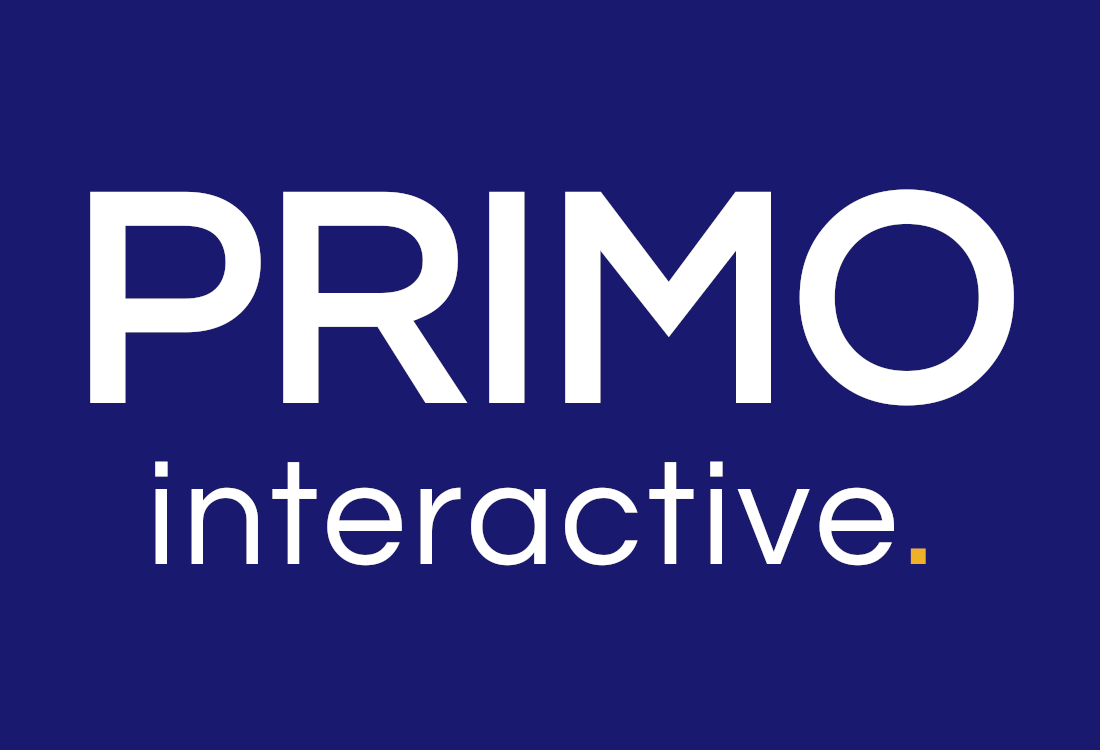Web Accessibility
Don't shut your doors to customers
Relates to: Web Design & Development / E-Commerce
Web accessibility can be defined as the practice of making websites available to people with disabilities and ensuring that people with disabilities can perceive, understand, navigate, interact with and contribute to websites.
Web accessibility also benefits others, including older people with changing abilities due to aging, people using a slow Internet connection and people with "temporary disabilities" such as a broken arm.
Millions of people have disabilities that affect their use of websites and all too many websites have accessibility barriers that make it difficult or impossible for many people with disabilities to use them effectively.
How do we make your website accessible?
By far the best way to implement accessibility features is when they are planned from the beginning of website development or redesign. Fixing inaccessible webssites can require significant effort, especially sites that were not originally coded properly with standard XHTML markup, and sites with certain types of content such as multimedia.
Websites designed & developed by Primo Interactive Limited use the latest in web standards best practice with valid XHTML 1.1 & CSS code. Before launch, they are tested for compatibility with A-Grade browsers including the latest versions of Mozilla Firefox (recommended), Microsoft Internet Explorer and Apple Safari / Google Chrome.
We base our accessibility methodologies on the Web Content Accessibility Guidelines (WCAG) 2.0, which improve upon W3C's groundbreaking initial standard for accessible Web content, apply to more advanced technologies and are more precisely testable.
More information on web standards & accessibility is available at W3C (the World Wide Web Consortium), the Web Standards Project and the Web Accessibility Initiative.








